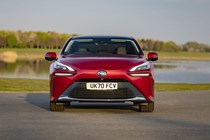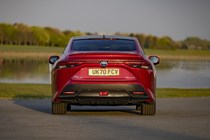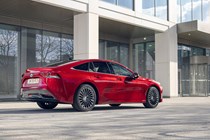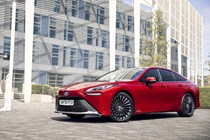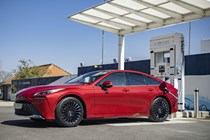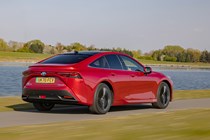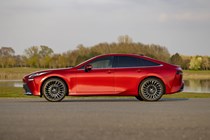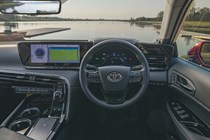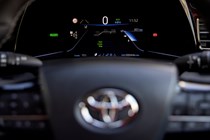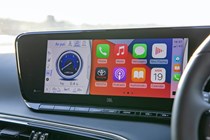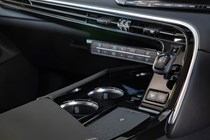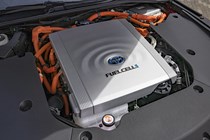
Toyota Mirai Saloon (2021-2023) verdict
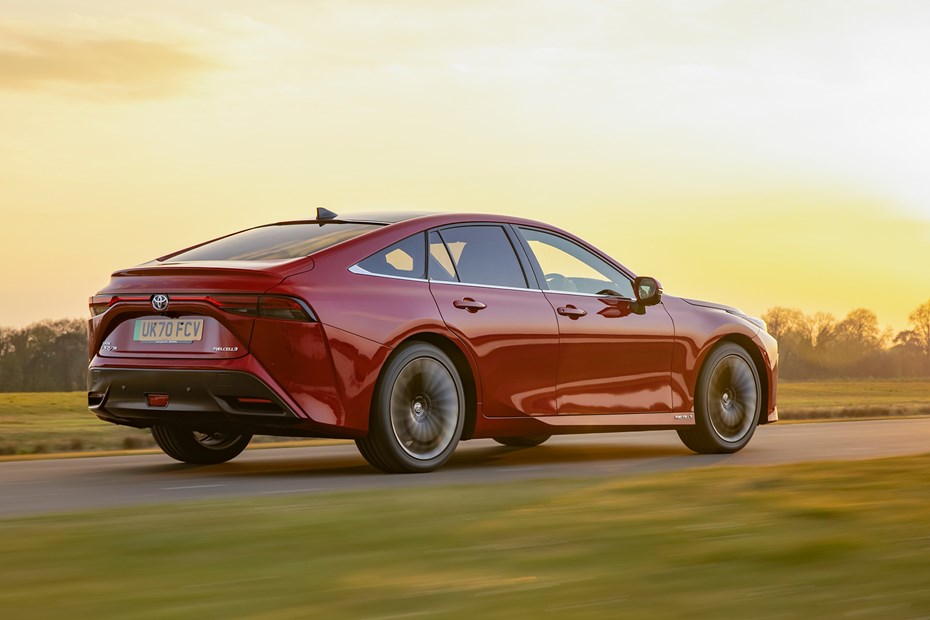
Should you buy one?
The latest Mirai affords a glimpse into the future – a world where electric cars can be refuelled as quickly as a petrol or diesel car, one where the tailpipe emissions are genuinely zero and one where we’ve transitioned to a more sustainable hydrogen economy.
It is a very good showcase and we applaud the Mirai’s numerous talents. However – and it is a big but – the UK is ill-equipped to cater for hydrogen fuel-cell owners in the early 2020s. Britain’s H2-refuelling infrastructure is nascent at best, with just 11 publicly available stations where private customers can fill up.
This makes the Toyota Mirai something of a rare-groove experimental test lab on wheels. Few private customers will take the plunge and buy one, and we predict that the majority of owners will be larger fleets and organisations with access to their own hydrogen pumps.
What we like
The new Toyota Mirai is a worthwhile leap ahead from its quirky predecessor. It looks sophisticated and slick, more European and attuned to everyday tastes, inside and out. Especially impressive is how easy it is to drive: for all the advanced technology under the skin, it is a straightforward and remarkably undaunting experience.
Perhaps its biggest achievement is how refined and quiet it is to drive. Barring a few whirring and clicking noises at a standstill, as systems regulate to temperature, it is a hushed and relaxing form of transport.
What we don’t like
The packaging remains a problem in the Mirai and the rear bench is seriously compromised for a car this big. Note also that bootspace is much smaller than you’d expect.
But the biggest problem remains an external factor: this country’s lack of infrastructure to support a hydrogen fuel-cell car lifestyle. Unless you happen to live near London, Gatwick, Swindon, Sheffield or the Midlands, you’ll find it impossible to fill up and this will severely restrict the appeal of the Toyota Mirai, for now.



